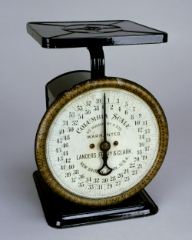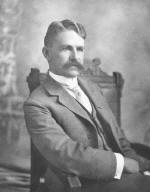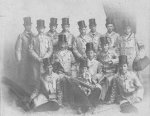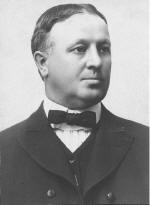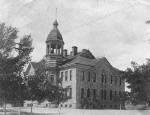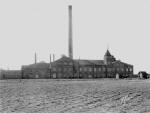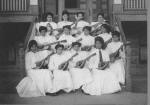 |
|
|
Many varieties of fruit soon became prime crops. The Grand Valley has a long growing season, warm days and cool nights, and irrigation which allows water to be applied exactly as needed. These factors all contribute to growing fruit of extraordinary quality. This scale was owned by John Hines, an orchard owner who was one of the area's first black residents.. The 1890s |
|
|
By the 1890s the main elements of
the economy were in place. Agriculture, commerce and transportation
continue to this day. Grand Junction's population in 1890 was 2,030, according
to the Federal Census Bureau. |
